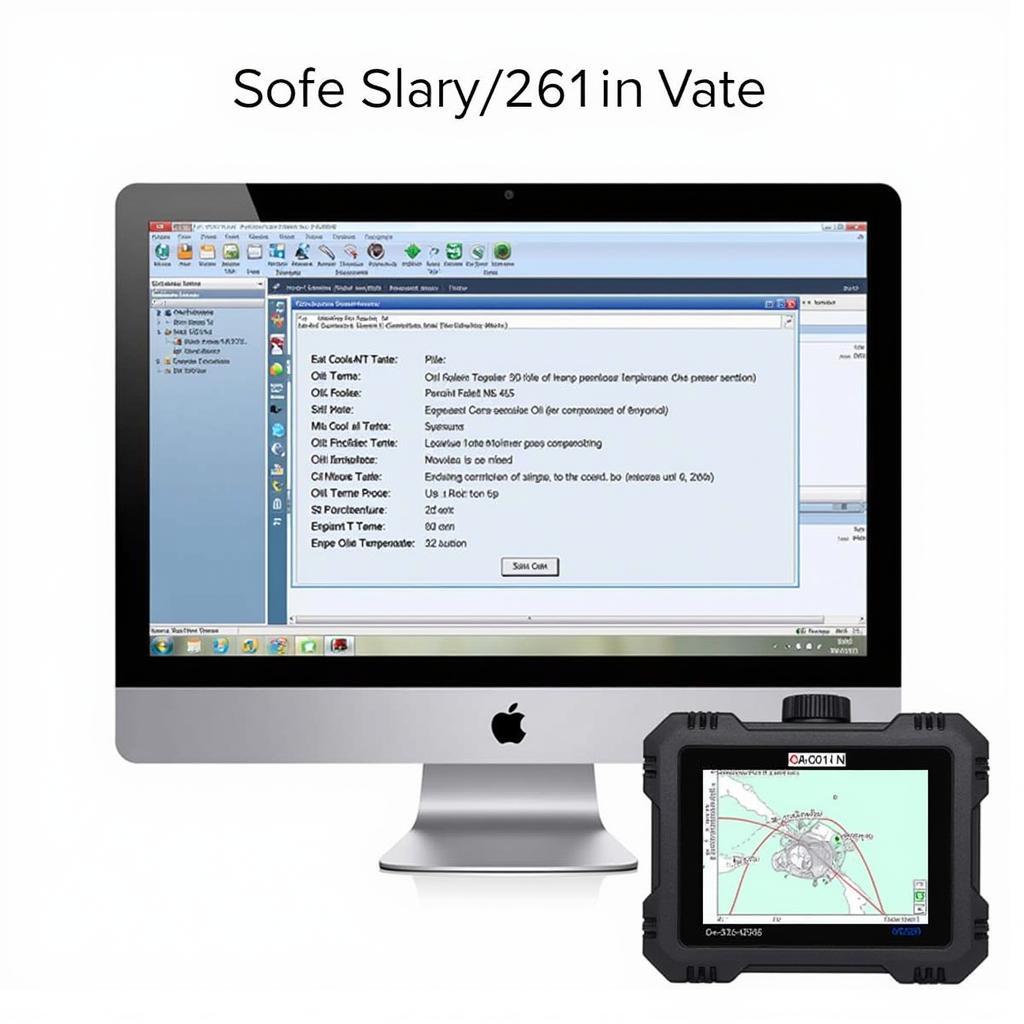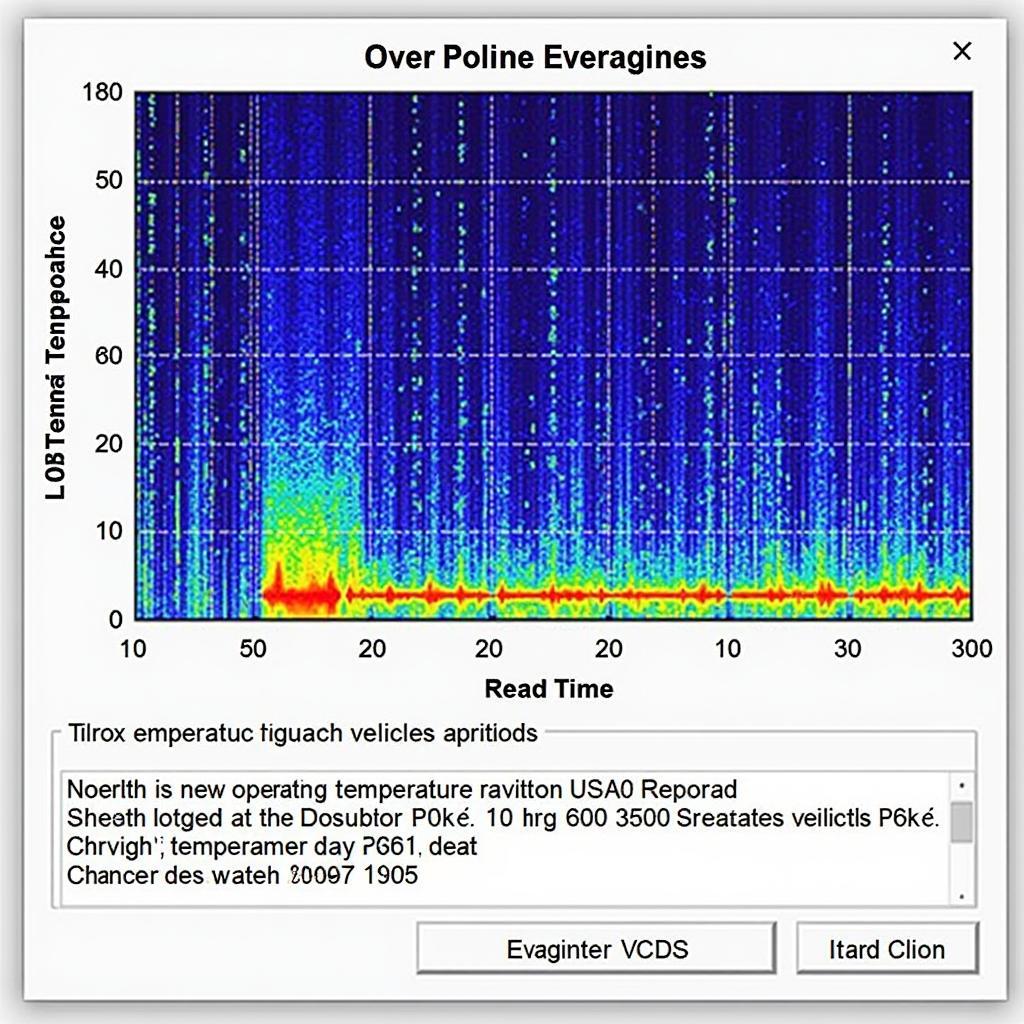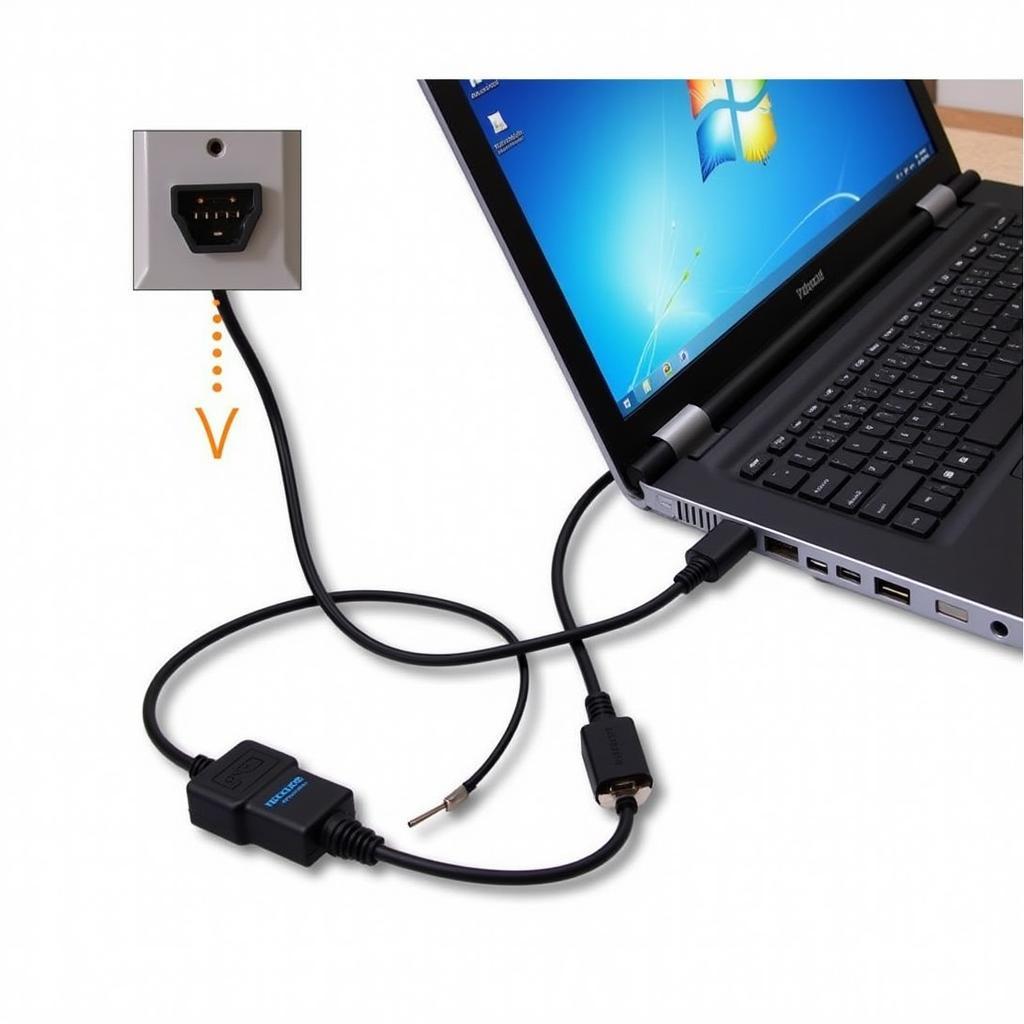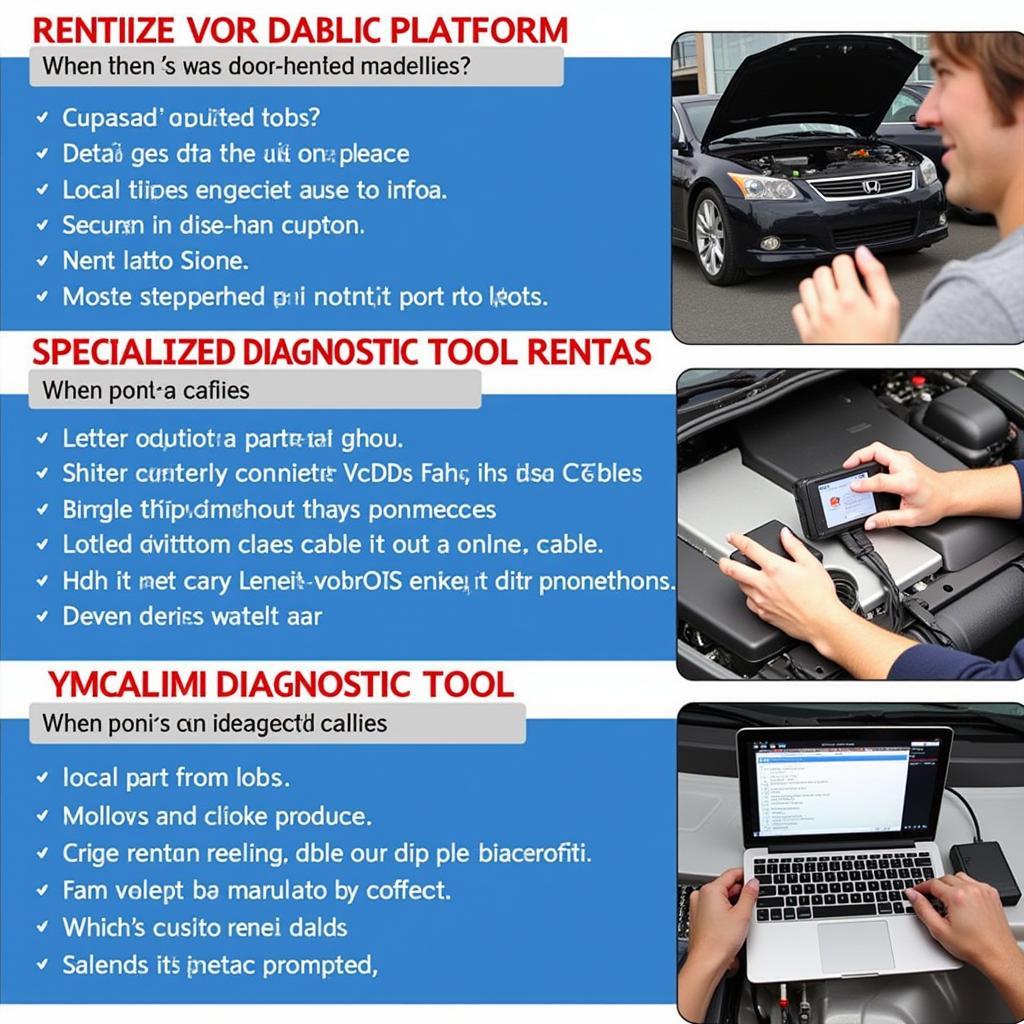VCDS, or VAG-COM Diagnostic System, is a powerful tool for diagnosing and troubleshooting issues in Volkswagen, Audi, Seat, and Skoda vehicles. One of its many functions is reading the oil temperature, a crucial parameter for engine health and performance. Understanding how to access and interpret vcds oil temperature readings can be invaluable for both DIY mechanics and professional technicians. This article will guide you through everything you need to know about monitoring your oil temperature with VCDS.
Knowing your engine’s oil temperature can help you diagnose potential issues before they become major problems. For example, if the oil temperature is consistently too high, it could indicate a problem with the cooling system or even internal engine damage. Conversely, if the oil temperature takes too long to reach operating temperature, it might suggest a faulty thermostat. Using VCDS to monitor these variations provides valuable insights into your engine’s condition. You can check out our Audi A3 8P VCDS Coding List for more useful VCDS applications.
How to Access Oil Temperature with VCDS
Accessing the oil temperature reading through VCDS is a straightforward process. First, connect your VCDS interface to your vehicle’s OBD-II port and launch the VCDS software on your computer. Select the correct control module for your engine. This is typically labeled “Engine” or a similar designation. Within the engine module, navigate to the “Measuring Blocks” or “Data Display” section. Here, you’ll find a long list of measurable parameters. Locate the one labeled “Oil Temperature” or a similar designation. The exact label might vary slightly depending on your vehicle’s make and model.
Once you’ve located the oil temperature parameter, you can monitor it in real-time. The reading will typically be displayed in degrees Celsius or Fahrenheit. Observing the oil temperature as the engine warms up and under various driving conditions can offer crucial diagnostic information.
Interpreting VCDS Oil Temperature Data
Understanding what your VCDS oil temperature readings mean is just as important as knowing how to access them. A normal operating oil temperature typically falls between 80-100 degrees Celsius (176-212 degrees Fahrenheit), although this can vary slightly based on factors like ambient temperature, driving style, and engine load. Significant deviations from this range warrant further investigation.
Common Problems Related to Oil Temperature and VCDS Diagnosis
Several common car problems can be related to abnormal oil temperatures. Using VCDS, you can effectively diagnose these issues.
What if my oil temperature is too high?
Consistently high oil temperatures can indicate problems such as a malfunctioning thermostat, a low coolant level, a faulty radiator fan, or even internal engine damage. VCDS can help pinpoint the source of the issue by allowing you to monitor coolant temperature and fan operation alongside oil temperature. This provides a more comprehensive picture of the cooling system’s performance.
Why is my oil temperature taking too long to reach operating temperature?
If your oil temperature takes an unusually long time to reach normal operating temperature, a stuck-open thermostat is a common culprit. This can be diagnosed using VCDS by monitoring both the engine coolant temperature and the oil temperature simultaneously. If the coolant temperature rises normally but the oil temperature lags significantly, it suggests a problem with the thermostat’s ability to regulate oil flow. You might find our article on how to check turbo with VCDS helpful in further diagnosing related issues.
 VCDS Software Displaying Coolant and Oil Temperature
VCDS Software Displaying Coolant and Oil Temperature
Can VCDS detect oil leaks?
While VCDS cannot directly detect oil leaks, it can provide clues. For example, if you observe a rapid drop in oil pressure accompanied by a rise in oil temperature, it could suggest an oil leak. This would require further physical inspection to confirm. Learn more about VCDS functionalities with our Audi B8 VCDS Mods guide.
“Regularly monitoring your oil temperature using VCDS is a proactive measure that can save you time and money in the long run,” says Robert Carter, a seasoned automotive diagnostic specialist. “Early detection of temperature abnormalities can prevent minor issues from escalating into costly repairs.”
Using VCDS for Preventative Maintenance
Beyond diagnosing existing issues, monitoring oil temperature with VCDS can be a valuable preventative maintenance tool. By tracking oil temperature trends over time, you can identify potential problems before they manifest as noticeable symptoms. This allows you to address issues proactively, extending the life of your engine. For instance, if you find the 1.6 TDI DPF Regeneration VCDS process useful, regular oil temperature monitoring can complement it for overall engine health.
 Graph of Oil Temperature over time using VCDS data
Graph of Oil Temperature over time using VCDS data
Conclusion
Monitoring vcds oil temperature is a crucial aspect of vehicle maintenance and diagnostics. By understanding how to access and interpret these readings, you can identify and address potential problems early, saving you from costly repairs and extending the life of your engine. Regular monitoring with VCDS can be a valuable preventative maintenance strategy, allowing you to proactively address issues before they become major headaches.
FAQ
-
What is a normal oil temperature range? A normal operating oil temperature typically falls between 80-100 degrees Celsius (176-212 degrees Fahrenheit).
-
Can VCDS detect all engine problems? While VCDS is a powerful tool, it cannot detect all engine problems. It provides valuable data, but physical inspection is often necessary for a complete diagnosis.
-
Is VCDS easy to use? With a little practice, VCDS is relatively easy to use. There are numerous online resources and tutorials available to help users navigate the software.
-
Do I need a special cable for VCDS? Yes, you need a specific VCDS interface cable to connect your computer to the vehicle’s OBD-II port.
-
How often should I check my oil temperature with VCDS? It’s a good practice to monitor your oil temperature periodically, especially before and after long drives or during demanding driving conditions.
-
Can I use VCDS on any car? VCDS is specifically designed for Volkswagen, Audi, Seat, and Skoda vehicles (VAG group).
-
Where can I learn more about using VCDS? Numerous online forums and communities dedicated to VCDS offer valuable resources and support. You can also check our guide for VCDS Drivers Windows 10.
Need further assistance? Contact us via Whatsapp: +1 (641) 206-8880, Email: CARDIAGTECH[email protected] or visit us at 276 Reock St, City of Orange, NJ 07050, United States. Our customer service team is available 24/7.


